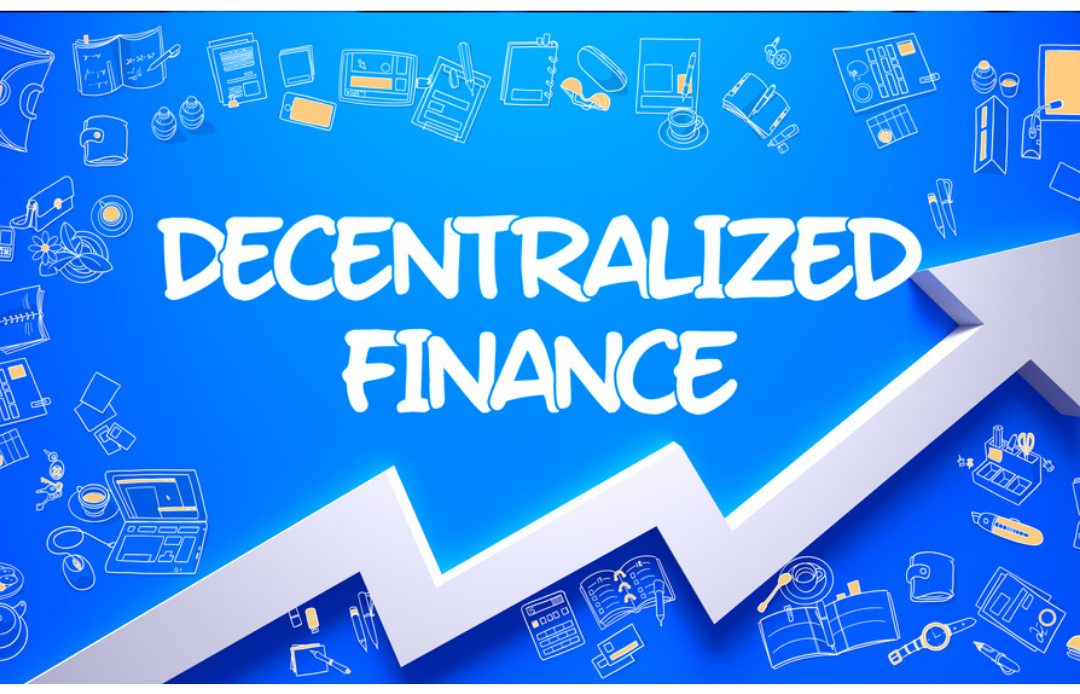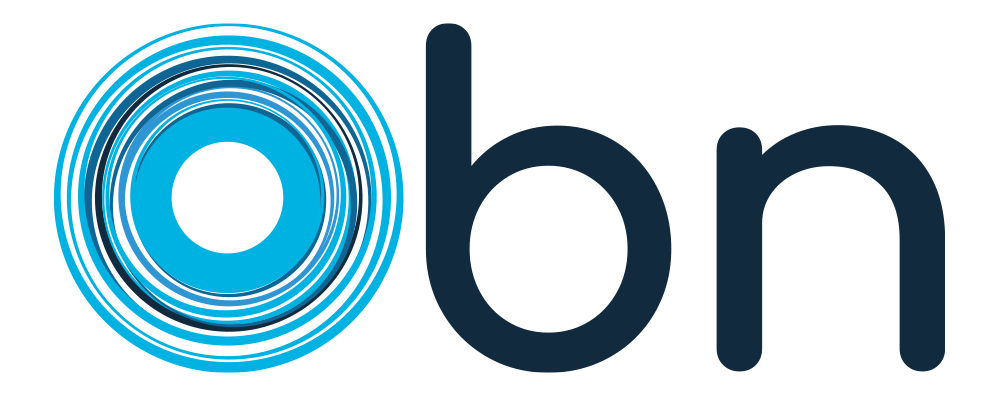
The total value of assets invested in different DeFi applications has risen to a staggering $24.57 billion now. It has received greater attention now due to the severe economic crisis caused by the coronavirus pandemic. Decentralized Finance (DeFi) solutions use blockchain technology to maintain a high level of transparency through a distributed ledger while executing business operations.
Just like a traditional bank, DeFi development services offer lending, borrowing, yield farming, staking, insurance, decentralized asset management, and margin trading to the users. The key highlight is that DeFi platforms are completely independent of control by any authorities or institutions. More adoption of blockchain technology, progressive regulations, and better user experience will be the way forward.
What Do DeFi Solutions Denote?
DeFi solutions are built on top of existing blockchain networks. They operate without the presence of any intermediaries. It functions in a trustless and permissionless manner, maintaining a high level of transparency.
How is a DeFi Development Solution Unique?
- Smart contracts automate all the tasks based on predefined terms and conditions.
- Access to basic financial services is improved without any discrimination based on economic or social background. This leads to a highly democratic and non-custodial system.
- There is no red-tapism or bureaucratic procedures to undergo, and the funds of the users remain completely in their hands without depending on any third parties.
What Are the Various Trending Decentralized Finance (DeFi) Solutions Highly Demanded in the Market Now?
- Decentralized Crypto Banking facilities – It is utilized by users to deposit funds and integrate their digital wallets, and also know their transaction history by seeing the public ledger regularly. It ensures efficient fund management.
- DeFi Decentralized exchange development – They are a substitute for Centralized exchanges. Liquidity pools are used as an alternative to full-fledged order books. A more secure and private trading experience is enabled for the users. The highly-used DeFi decentralized exchanges are Bisiq, Airswap, IDEX, Binance DEX, and 0x protocol.
- DeFi Lottery systems – Users get access to pooled capital and can use their no-loss lottery tickets. The smart contracts will calculate the returns earned by all the participants and distribute the major share of the interest income to the winner of the draw. No single individual can exercise full control over the total capital available on the platform.
- DeFi DApps development – Apps that are not monitored by any entity and operate completely on a peer-to-peer network are called DApps. They are highly user-friendly. They maintain a high level of security and privacy as the nodes are distributed across several networks globally. Some of the well-known DeFi DApps are PEAKDEFI, Nexo, PlotX, Lido, mStable, and Idle Finance.
- DeFi Derivatives trading – Derivatives are price-stable and risk-free financial instruments like futures contracts, forwards, options, and swaps. They mature after the completion of a certain period, and the investors have to sign a contractual obligation beforehand to get the notional amount. The traders of Derivatives can take either short or long positions depending on their financial goals and market conditions to make a huge profit. They can be traded in over-the-counter markets and in the leading Cryptocurrency exchanges. Derivatives provide a lot of advantages as it boosts the trading volume and liquidity of Cryptocurrencies and renders income opportunities for those who are seeking to diversify their portfolio.
- DeFi Wallet integration – Wallets act as a haven for the users to store their crypto tokens and coins securely. They can use private keys to control their funds and assets. It is resistant to hacking and phishing attacks. DeFi wallets are non-custodial and easily compatible with various devices and operating platforms. The leading wallets are MetaMask, Coinbase wallet, Argent, MyEtherwallet, Fortmatic, and Trust wallet.
- DeFi Token creation – Tokens have a particular economic value, and they are financially supported by real-world assets. DeFi tokens can be either security, utility, payment, or equity tokens. It can also be offered as a form of reward for using DApps. The popular Defi tokens are Synthetix, Kyber Network, Balancer, and Curve.
- DeFi Lending platform development – Lending platforms act as modern banks and distribute credit according to the financial requirements of the eligible borrowers. The smart contracts contain details of the loan agreement, and all the middlemen are eliminated from the system. It is also referred to as peer-to-peer lending. Borrowers will pledge collateral equivalent to the loan amount that safeguards them if they default in the repayment of the loan to the lender. Lenders can assess their risk levels beforehand based on the creditworthiness of the borrowers and receive regular interest either as Annual Percentage Rate or Annual Percentage Yield. The well-known DeFi Lending platforms are Aave, InstaDApp, Dharma, and Kittiefight.
- DeFi Yield farming development – Users will increase the returns earned on their assets by depositing them into liquidity pools for a certain duration. Liquidity providers maintain the liquidity pool’s efficiency and get a certain percentage of the trading fees as per their contribution. The top platforms for DeFi yield farming are Curve, SushiSwap, Venus, Harvest, SUN, and Yearn.Finance.
- DeFi Staking platform creation – The crypto holdings of the users are deposited on a digital wallet for a specific period. They get frequent rewards as per the total amount of assets staked on the network, the network issuance rate, the time for staking, the inflation rate, and the total assets staked by the staker on the platform. MakerDAO, Synthetix, Compound, and Yearn.Finance is offering rich staking rewards for users to maximize the value of their investments.
- DeFi insurance platform development – Insurance is taken by the user as a safety measure against unexpected contingencies like hacking attacks, phishing attacks, bugs in smart contracts, and crypto-backed loans. Nexus Mutual, Etherisc, and CDx are popular DeFi insurance platforms that operate based on risk pools and a credit default swapping mechanism.
The Detailed Process to Be Followed While Launching a DeFi Project

- Plan the development of the DeFi solution.
- Hiring team members like blockchain developers, smart contract creators, marketers, financial managers, technical support, and project managers.
- Integrate the blockchain technology and the smart contract into the software.
- Ensure interoperability by integrating it with any other existing DeFi application. This enables users to access multiple services from a single platform, ensuring a better trading experience.
- Interact regularly with the questions posed by the target audience.
- Analyzing the economic and technical feasibility of the idea and fine-tuning it before development.
- Arranging the necessary amount of funds and meeting the technological requirements.
- Establish the technological infrastructure for the DeFi application.
What’s Next for Decentralized Finance Solutions?
Ethereum, the hub for different DeFi applications, will undergo a network upgrade of Ethereum 2.0. It will switch to the proof of stake consensus mechanism and become more scalable with fewer chances of network congestion. Apart from the Ethereum blockchain network, EOS, TRON, and IOST are the major blockchain networks that manage a variety of DeFi solutions with a large daily active user base and transaction volume.
DeFi will continue to make more inroads in the future across several industries as blockchain networks become more flexible with enthusiastic developer support. Decentralized Finance solutions are already being used in industries like banking, identity management, education, entertainment, real estate, healthcare, and supply chain management.
It provides plenty of advantages such as resistance to transaction censorship, elimination of third parties, low-cost settlement of funds, better price and market efficiency, and transparency.
Technical experiments are being tried out to create innovative applications. It requires better management of risks and more liquidity without any chance of technical failure for more user adoption. Progressive regulations will increase the participant’s trust as they make a move from a centralized, traditional financial system to a decentralized financial world.
Top Image Credit: RODNAE productions; pexels
Retrieved from here.

